Canada to issue special stamp remembering Sikh Soldiers
It will be unveiled to the general public at the 18th annual Sikh Remembrance Day ceremony on November 2.
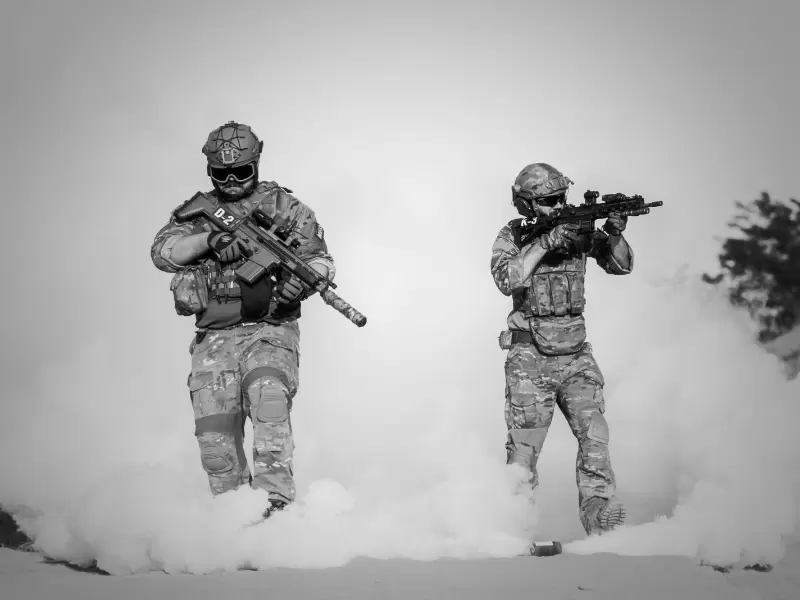 Representative image / Pexels
Representative image / Pexels
For more than a century, Sikhs have remained associated with the Canadian defence forces.
Now that Canada is holding Remembrance Day events marking the two World Wars, Montreal-based businessman-cum-historian Baljit Singh Chadha has recalled the contributions of two of the 10 known Sikhs who served Canada in World War I.
To commemorate the occasion, Canada Post has decided to issue a special theme stamp to honor Sikh Canadian soldiers.
ALSO READ: Reviving the legacy of the Ghadar Movement: A centennial tribute
It will be unveiled to the general public at the 18th annual Sikh Remembrance Day ceremony hosted by the Sikh community on November 2.
This stamp commemorates and honours Sikh soldiers who have remained part of the Canadian military for over 100 years, including 10 Sikh soldiers who were enlisted in the Canadian military during World War I.
“Of the 10 known Sikhs who enlisted in the Canadian army and served Canada in World War I,’ says Baljit Singh Chadha by quoting from his book “History of the Sikhs in Quebec”, that there are significant connections to Quebec for at least two of them, Sunta Gouger Singh and Waryam Singh.
“Most of the others would also have likely undergone training at Camp Valcartier in Quebec.
“Sunta Gouger Singh, born in Lahore, Punjab, in 1881, enlisted at the Peel Street Barracks in Montreal on January 6, 1915, at the age of 32. His father and wife lived in Phillaur, Punjab, India. He had served for three years in the 32nd Punjab Rifles of the Indian Army. He joined the 24th Battalion (the Quebec Regiment) and sailed from Montreal to England on the S.S. Cameronia in May 1915. The battalion arrived in Boulogne, France, in September 1915.
“Sunta Gouger Singh was killed in action early in the war, on October 19, 1915, in the trenches near Kemmel, Belgium, just south of Ypres. At the time of his death, the battalion working parties were in the front-line trenches day and night, under heavy artillery bombardment. Gouger Singh’s gravestone is in the La Laterite Military Cemetery, near Kemmel. His grave is among those of 197 other Canadians, all from three infantry battalions, all buried together.
“Strangely, Gouger Singh’s gravestone does not have the expected Canadian Maple Leaf, though his Canadian Battalion number is noted. The inscription is very unusual for a Canadian gravestone. The script is in the Gurmukhi language and reads: “God is one” and “Victory is to God.” There is no cross on the stone.
While talking about the second Sikh soldier Waryam Singh, Baljit Singh Chadha writes in his book that “the Quebec Chronicle of December 31, 1917, records that the first passengers to use the new Quebec Bridge were some three hundred returned soldiers who had disembarked at St. John. Among them was Waryam Singh.
“The Gazette reported that they “were brought directly through to the local discharge depot by special train which passed over the recently completed structure”. (The Gazette, January 1, 1918).
“Along with 54 other wounded Canadians, Singh travelled across Canada by train, on the Imperial Limited, arriving in Vancouver on January 6, 1918. The Vancouver Daily World (7 January 1918) describes the “Royal Reception” these men were given across Canada: “The men enjoyed a most lavish welcome from the citizens all along the route from the east. At Quebec, Kenora, Calgary, Field, and other places, the patriotic and appreciative people turned out in crowds and showered the wounded and crippled men with gifts of all kinds.” (So far, no further reference to the reception at Quebec has been found.) Waryam was discharged in Vancouver in March 1918, still with impaired functioning of his shoulder (Gray 2014).
“Waryam Singh enlisted in Barriesfield, Ontario in May 1915 and served in the 59th and 38th Battalions (Eastern Ontario Regiment). He served in Canada for 5 months, in Bermuda for 10 months, and in England for 2 months before arriving in France in August 1916.
He wrote letters home from France to India in 1916, describing both military action and more personal aspects of the war. Two letters describe events during the Battle of the Somme. In one of the letters to his father, Wazir Singh in Kapurthala, India, in November 1916, Waryam wrote:
“On the 4th of November, there was a big fight, and much hand-to-hand fighting took place, and many prisoners were taken… When we took the trenches, some of the enemy escaped, and some were taken.
The dead were countless. The bravery that we showed that day was admired by the British soldiers. After the fight, they asked me how it was that I was so utterly regardless of danger.”
His battalion later moved north to take part in the capture of Vimy Ridge. There, in late April 1917, Waryam Singh was wounded in the shoulder. He remained on duty despite his wound, but then he also got “trench fever” and pneumonia and spent almost eight months in hospitals in France and England. He also underwent an operation on his shoulder because the wound had not healed, and a piece of shrapnel had to be removed. Waryam Singh was invalided to Canada and travelled on the hospital ship Braemar Castle to St. John, New Brunswick, in late December 1917, adds Baljit Singh Chadha.
ADVERTISEMENT
ADVERTISEMENT
E Paper
Video



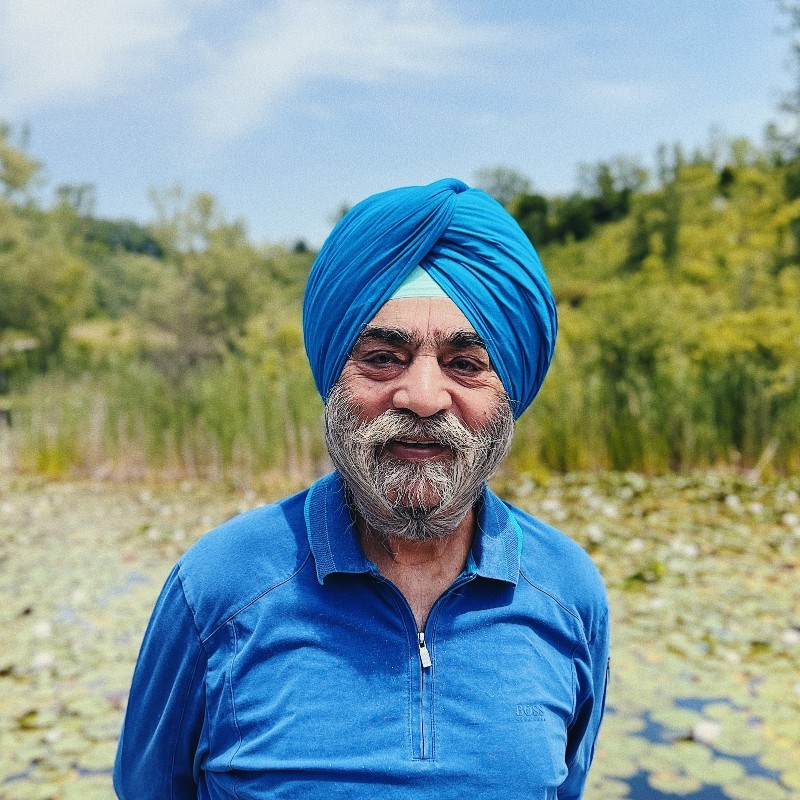 Prabhjot Paul Singh
Prabhjot Paul Singh



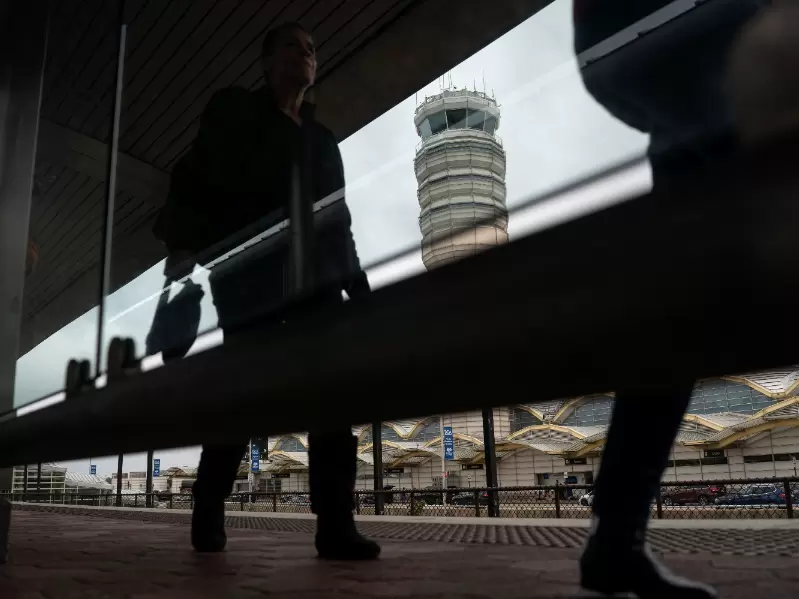
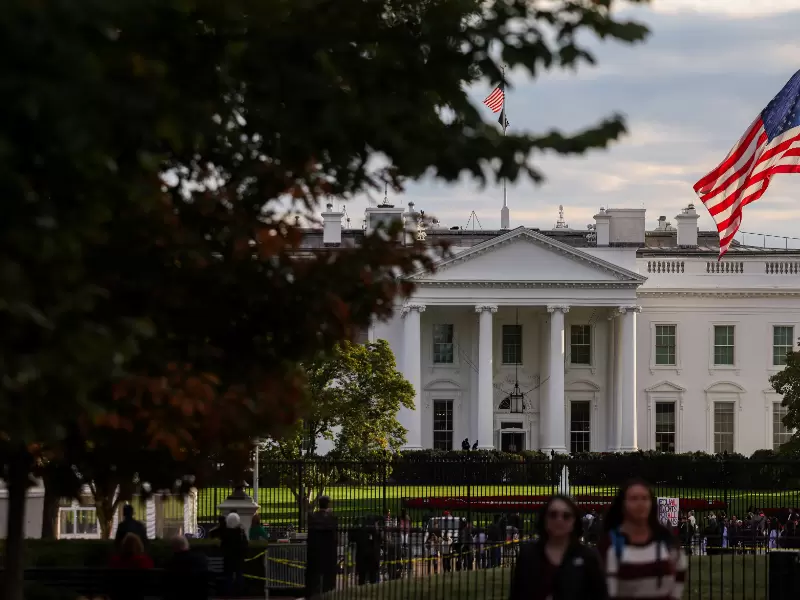


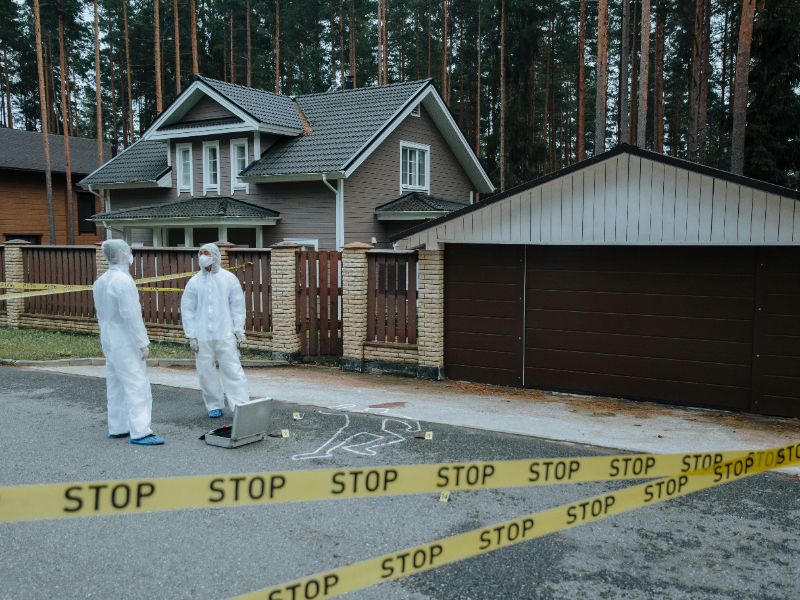




Comments
Start the conversation
Become a member of New India Abroad to start commenting.
Sign Up Now
Already have an account? Login